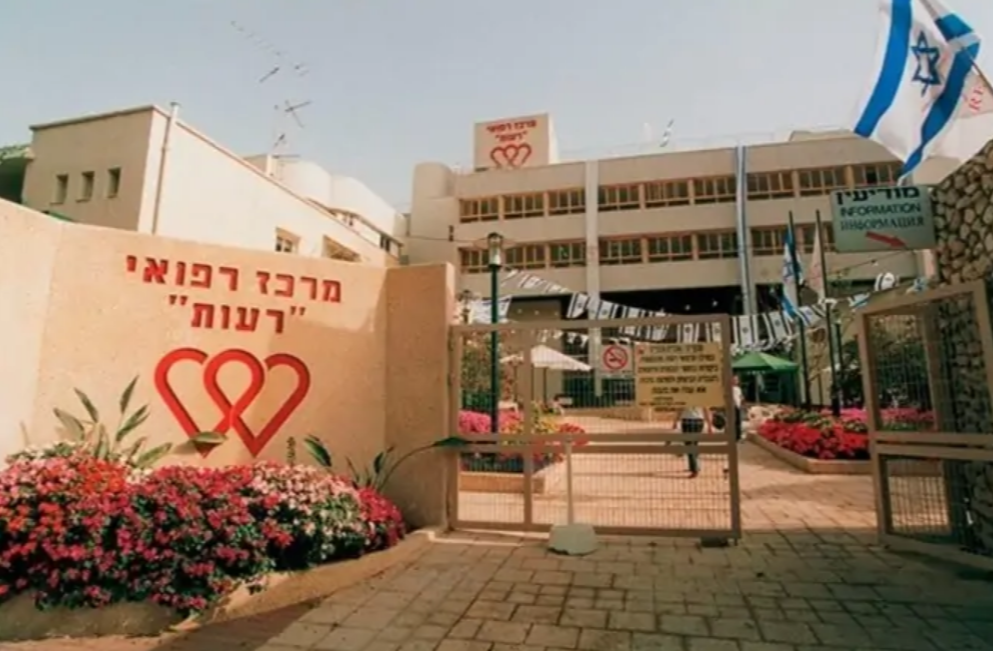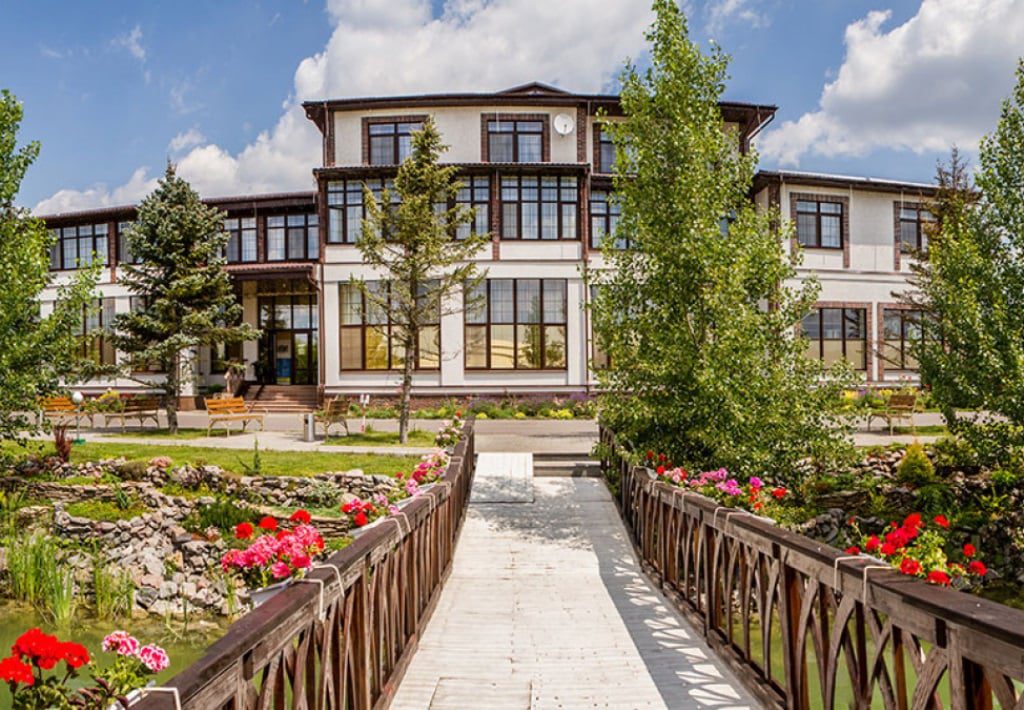How Does Orthopedic Rehabilitation Work? Model and Effectiveness
Orthopedic rehab is aimed at returning the musculoskeletal system’s functionality. This therapy is intended for people who have suffered severe injury to the musculoskeletal system, particularly, bones, joints, ligaments, etc.
As main orthopedic rehabilitation methods, labor and physiotherapy, procedures aimed at eliminating pain in damaged areas, apparatus techniques, etc. are used. For full rehabilitation and speedy patient recovery, several specialists working in different directions interact together.
Orthopedic rehab phasal model
Recovery after serious musculoskeletal system damage needs further rehabilitation. It’s required for a person to be able to return to his/her former life and continue to carry out the activities important to him/her before the trauma. Rehabilitation course depends on the damage nature and its degree – shoulders, hip mechanism, the spine, etc. are injured. General orthopedic recovery model consists of the following stages.
- Patient is admitted to the therapy department, where doctors examine and issue a verdict regarding trauma.
- Treatment is prescribed and carried out – if the bone is broken, plaster is applied; when the ligaments are torn, a plaster cast is also applied, etc.
- After the primary stage of healing is completed, a direct rehabilitation course begins, prescribing individually:
- with a minor trauma – joints development through physical exercises and massages; further, loads weighting is prescribed accordingly to recovery dynamics;
- with serious trauma – rehabilitation courses may take several months or even years. Simultaneously, patients need physiotherapeutic methods and apparatus therapy – special simulators use correcting the musculoskeletal system actions.
In what cases is orthopedic rehabilitation indicated?
Orthopedic rehabilitation – effective method of restoring the movements functionality of limbs and the spine after trauma or in others damages. Patient manages to overcome difficulties in movement, get rid of pain, and continue living actively and fully. Sometimes, with serious spinal trauma, rehabilitation takes years or becomes an integral part of a person’s life.
Orthopedics rehabilitation is required under the following circumstances.
- Illnesses destroy the joints, exerting a degenerative effect on them.
- Strong neck and back ache; pain in ankles and other support system parts.
- Genetic pathologies of congenital nature.
- Joints dislocations and deformities, bones fractures.
- Forced surgical interventions.
- Damage of a different nature, particularly, sports and work harm.
- Rehabilitation after a total joint replacement due to its dysfunction.
New technological solutions for support system restoration
Medical community is actively working to make existing orthopedic rehabilitation techniques more effective. Particularly, among the latest developments actively used in clinics, special simulators can be distinguished.
An innovative solution for support system restoration is Lokomat therapy. It’s a mechanical simulator helping to imitate the natural movement processes. Using Lokomat, a person can restore the joints mobility, being directly in a simulated natural environment.
Special straps are attached to the patient’s legs and arms. Supporting mechanism is put on the torso, forming a kind of walker for children. Patient, being completely safe and not afraid of injury, stays upright by moving his/her limbs.
Who performs orthopedic rehabilitation?
Rehabilitation orthopedic procedures for the supporting system are carried out by physiotherapists – specialists with professional knowledge of the human musculoskeletal mechanisms. Additionally, the patient needs the health worker’s supervision, providing support during the initial attempts to move independently. Sometimes, professional psychologists help may be required – the recovery of people who experienced serious trauma and have been motionless for a long time.









